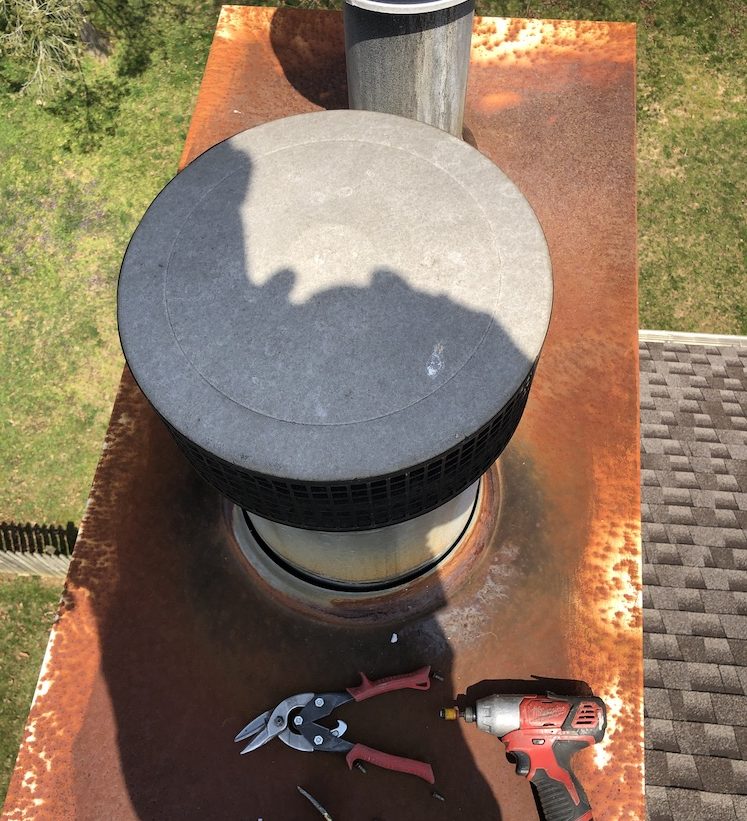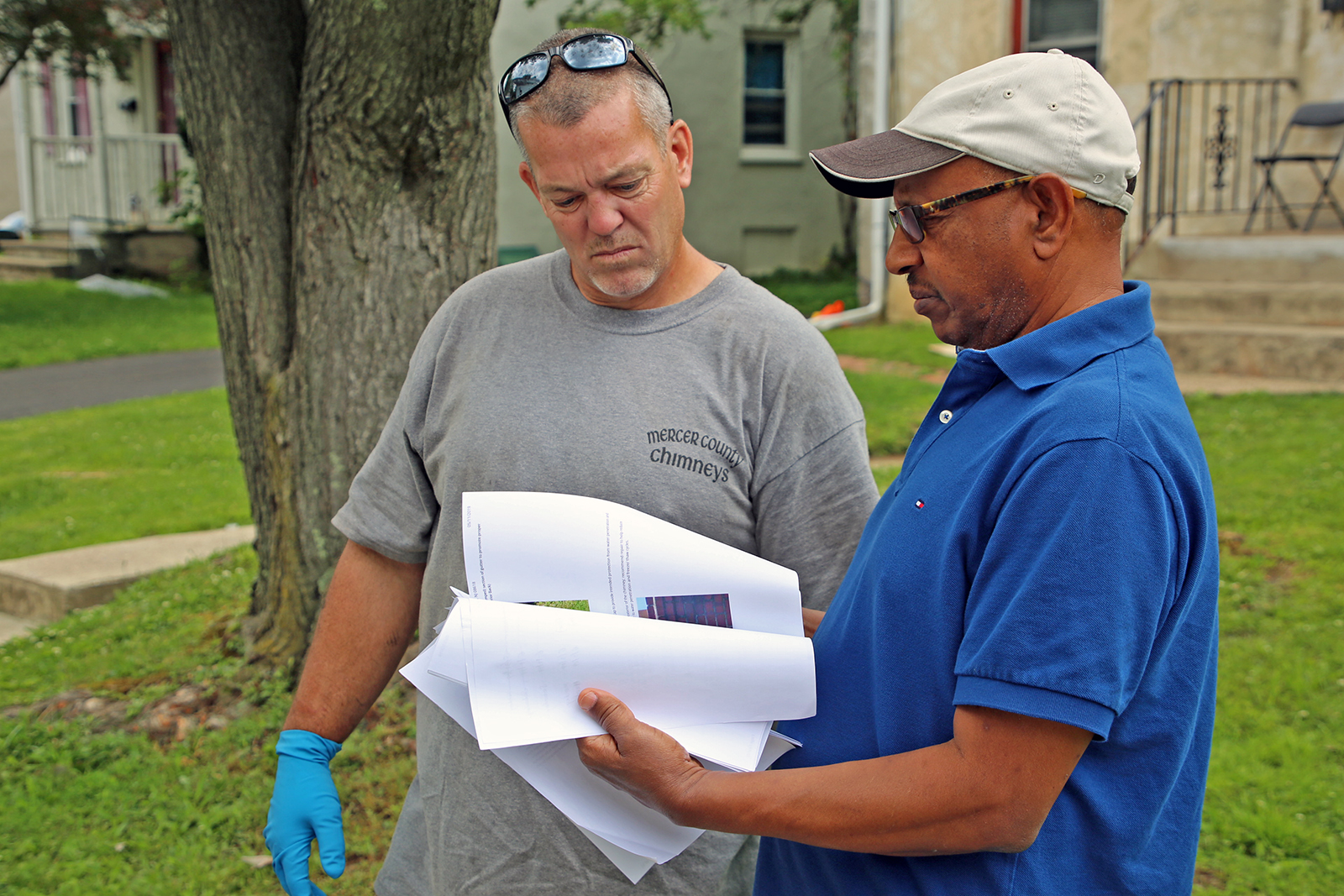Why Is My Chimney Rusting?
Is your chimney starting to show its age? Environmental conditions, weather damage, and normal wear and tear can expose the chimney to rust. The chimney contains several metal components, including the chimney cap, damper, and flashing, that can corrode and rust when frequently exposed to oxygen and moisture. Also, without regular chimney cleanings, the corrosive gases created during combustion can oxidize, causing the firebox, flue, and masonry to rust.
Flashing
The flashing is a strip of metal that seals the space between the chimney and roof to prevent water leaks. Galvanized metal flashing is coated with zinc to inhibit rust. However, environmental conditions and normal wear and tear can erode the zinc coating causing the flashing to rust. Although stainless steel flashing contains chromium, which is more durable, hail, debris, and high heat can damage or warp stainless steel exposing it to rust. The flashing should be inspected annually during your chimney inspection.

Chimney Cap or Chimney Chase Cover
The metal chimney cap on top of masonry chimneys and metal chase covers that cap a prefabricated fireplace is prone to weather-related damage that can cause it to corrode and rust. Unless replaced, the rust will continue to eat through the metal component allowing water to seep in the chimney, causing extensive damage. You may notice streaks of rust stains dripping down the interior and exterior surface. When replacing the chimney cap or chase cover, choose stainless steel. It is more durable, rust-resistant, and easier to maintain than galvanized steel.
Flue Liner
Whether you have a clay tile, cement, or steel flue liner, infrequent chimney cleanings will enable the corrosive gas residue in a burning fireplace to stain the liner accelerating its deterioration. Rust from other corroding components can also stain the liner and firebox. Stainless steel liners are rust-resistant and simpler to maintain, but they can corrode when exposed to corrosive gases for extended periods or a chimney fire. Annual chimney cleaning will help prevent corrosion and prolong the lifespan of the flue liner.
Damper
With its proximity to the firebox, it is not uncommon for metal dampers to corrode or rust. The high temperatures, creosote, and other contaminants can penetrate the outer surface, exposing the metal to corrosion and rust. When the damper is corroding or rusting, it may not form an airtight seal when shut. When this happens, it can increase energy costs and cause water-related damage to the firebox.
 Removing Rust Stains
Removing Rust Stains
Rust stains that appear on the interior or exterior surface of the chimney shouldn’t be ignored. The acidity will eat through masonry and metal materials and accelerate its deterioration, increasing the risk of fire and exposure to carbon monoxide fumes. Fortunately, there is a way to remove rust stains from the chimney safely. ChimneySaver Brick and Mortar Cleaner is a professional-grade solution that removes rust and other stains, including creosote, mildew, and algae. It doesn’t contain muriatic acid, so it is safe for brick, mortar, and concrete surfaces.


